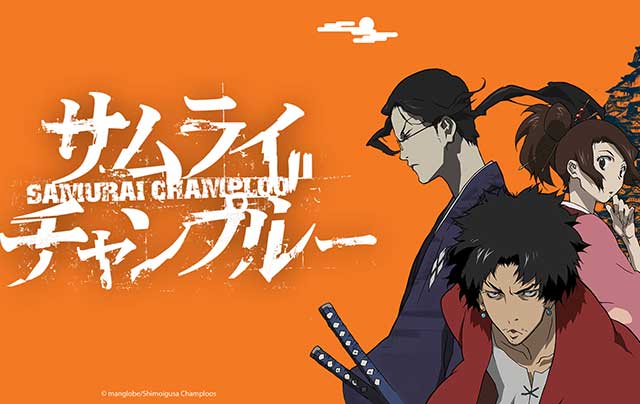
"Samurai Champloo" is a 2004 Japanese historical adventure anime television series and the debut production of studio Manglobe. Spanning 26 episodes, it aired from May 2004 to March 2005, initially on Fuji TV and later across the Fuji Network System. In North America, it was broadcast on Adult Swim and released commercially by Geneon Entertainment and later Crunchyroll. MVM Films handled the English release in the United Kingdom, while Madman Entertainment managed distribution in Australia and New Zealand. A manga adaptation was serialized in Monthly Shonen Ace in 2004 and subsequently released in North America by Tokyopop the following year.
Director Shinichiro Watanabe began planning "Samurai Champloo" in 1999, developing its characters and premise while simultaneously working on "Cowboy Bebop: The Movie" and "The Animatrix." Pre-production commenced in 2002, with key staff including character designer and animation director Kazuto Nakazawa, and writers Shinji Obara and Yukihiko Tsutsumi from Office Crescendo. The music, a defining feature of the series, was composed by hip hop artists Shinji "Tsutchie" Tsuchida of Shakkazombie, Fat Jon, Nujabes, and Force of Nature. The production was noted for its unstructured approach, multiple scenario revisions, and guest creators ensuring high animation quality. The series received positive reception for its animation and music and was commercially successful in the West.
"Samurai Champloo" opens in a small town where Fuu, working as a tea waitress, is harassed by the corrupt prefect's son. Mugen, an outlaw, arrives and protects her in exchange for food. Meanwhile, Jin, a ronin, kills the prefect's bodyguards after they abuse a peasant, leading to a confrontation with Mugen. Their fight destroys the teahouse, resulting in their capture and sentencing to death. Fuu rescues them, and they agree to help her find the samurai who smells of sunflowers. They embark on a series of adventures, with Mugen and Jin's rivalry adding tension to their journey.
In the closing arc, the trio arrives in Ikitsuki, where they face government assassins targeting the "sunflower samurai," Fuu's father, Seizo Kasumi. Fuu confronts her dying father, seeking revenge for his abandonment, but forgives him. Kasumi is killed by an assassin, whom Jin defeats. Mugen and Jin, after a final duel where their swords shatter, choose not to kill each other, acknowledging their friendship. Fuu reveals she lied about the coin toss that initially bound them together, which briefly annoys Mugen and Jin. Recovered from their ordeal, they part ways, grateful for their shared adventure.
See also
-
Tatara Samurai
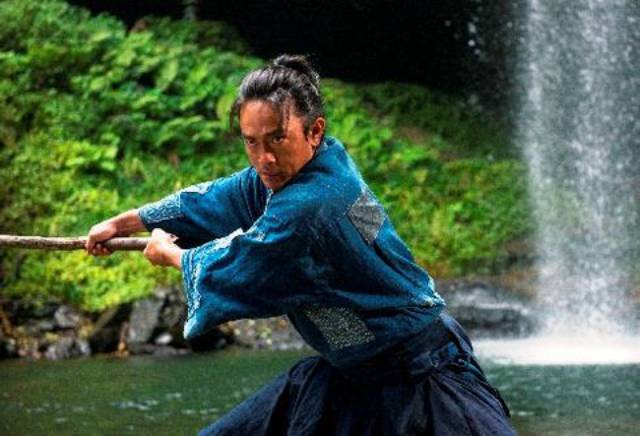
One day, bandits raid the quiet Tatara village, renowned for its steelworks and sword craftsmanship. Despite the arrival of samurai to protect the villagers, young Gosuke's mother is tragically killed while fleeing with him.
-
Samurai Fiction
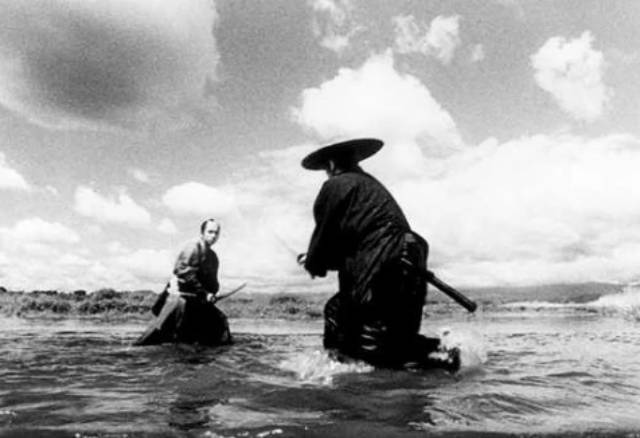
Samurai Fiction is a 1998 samurai-comedy film directed by Hiroyuki Nakano. The movie stands out for being filmed almost entirely in black-and-white, paying homage to classic jidaigeki samurai films. However, what sets it apart from its inspirations, including the works of Akira Kurosawa, is its modern twist, notably Tomoyasu Hotei's rock-and-roll soundtrack. A loose spinoff, Red Shadow, was released in 2001.
-
Rurouni Kenshin
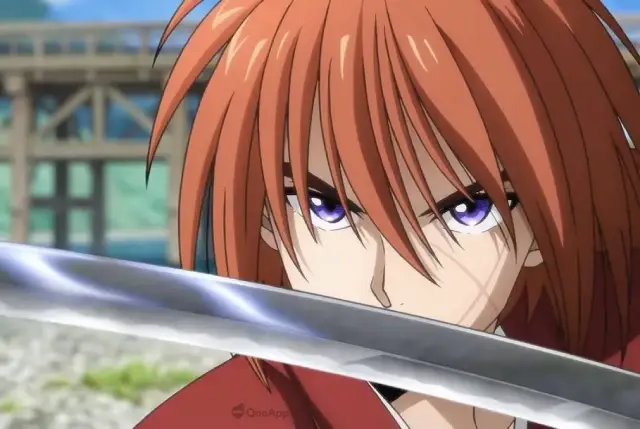
Rurouni Kenshin: Meiji Swordsman Romantic Story (Japanese: Hepburn: Rurōni Kenshin -Meiji Kenkaku Roman Tan-) is a Japanese manga series created by Nobuhiro Watsuki. Set in 1878, during the 11th year of the Meiji era in Japan, the story follows a former assassin known as Hitokiri Battosai. After his role in the turbulent Bakumatsu period, he adopts the identity of Himura Kenshin, a wandering swordsman who vows never to kill again. He dedicates his life to protecting the people of Japan. Watsuki crafted this series with the intent to create a unique shōnen manga, distinguishing it with a protagonist who is a former assassin and a narrative that becomes increasingly serious as it progresses.
-
Samurai Spy
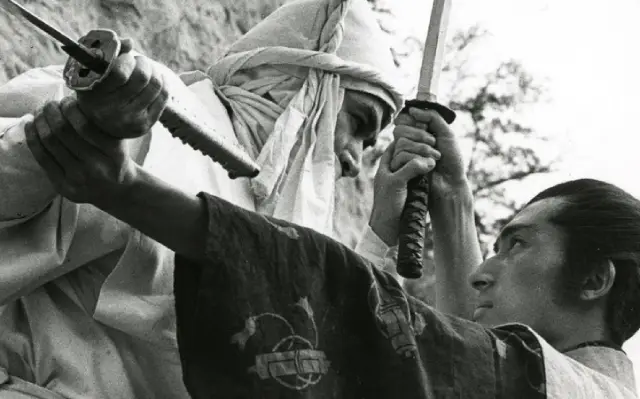
Samurai Spy (Ibun Sarutobi Sasuke), also known as Spy Hunter, is a 1965 film directed by Masahiro Shinoda, adapted from a novel by Koji Nakada. The film follows the legendary ninja Sasuke Sarutobi as he hunts the elusive spy Nojiri, while a shadowy figure named Sakon leads a group of men with their own designs on Nojiri. As the pursuit unfolds, the lines between allies and enemies blur, leaving everyone unsure of each other's true allegiance. Created during the height of the Cold War, the movie reflects the complexities and shifting loyalties of spies caught in the power struggles of their era.
-
Samurai III: Duel at Ganryu Island

Samurai III: Duel at Ganryu Island (Japanese: Hepburn: Miyamoto Musashi Kanketsuhen: Ketto Ganryūjima) is a 1956 Japanese film directed by Hiroshi Inagaki and starring Toshiro Mifune. Filmed in Eastmancolor, it serves as the concluding chapter of Inagaki's Samurai Trilogy.
-
Samurai Marathon
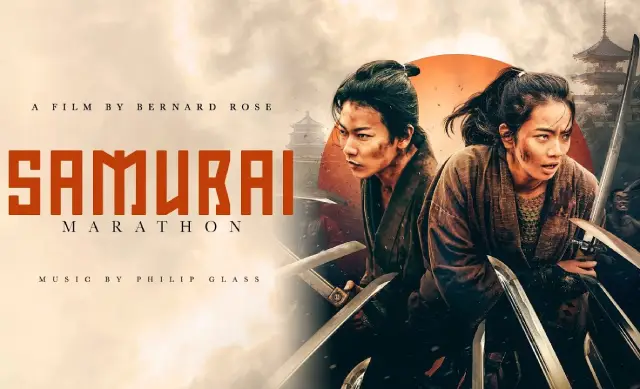
The producing team behind Takashi Miike's "13 Assassins," Jeremy Thomas and Toshiaki Nakazawa, reunite for another visually striking and action-packed samurai film. Based on a novel by Akihiro Dobashi, this film may not reach the same heights of relentless carnage or critical acclaim as its predecessor, but it still offers an exciting and occasionally humorous addition to the samurai genre, likely to resonate with festival audiences. This story of a literal running battle between rival samurai factions could see moderate success in theaters, though it may require more marketing effort without the ultra-violent appeal that made "13 Assassins" memorable.
-
Samurai II: Duel at Ichijoji Temple (1955)
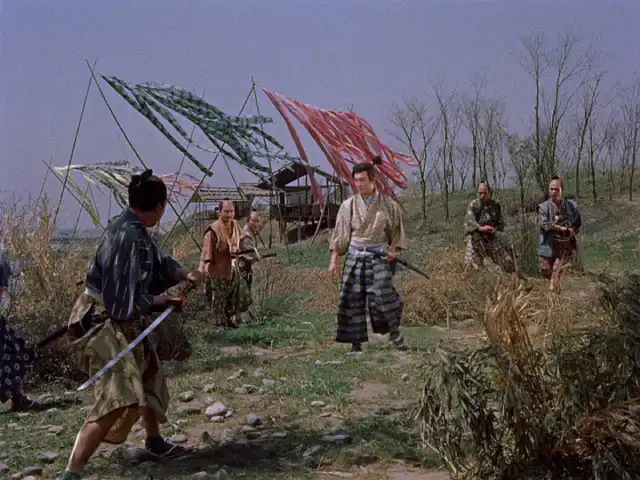
Duel at Ichijoji Temple (Hepburn: Zoku Miyamoto Musashi: Ichijōji no Kettō) is a 1955 Japanese film directed by Hiroshi Inagaki and starring Toshiro Mifune. Filmed in Eastmancolor, it is the second installment in Inagaki's Samurai Trilogy.
-
The Samurai I Loved (Semishigure)
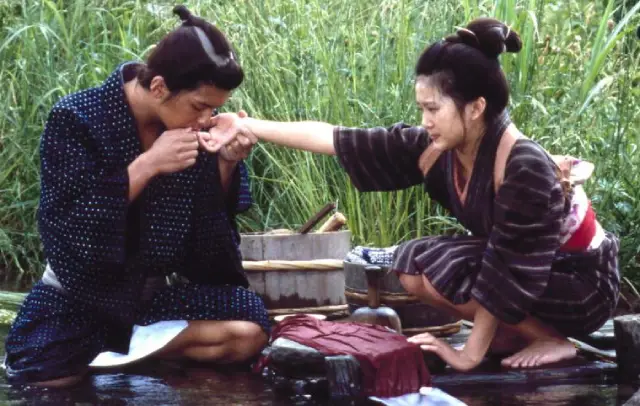
The costumes, settings, and script of The Samurai I Loved immediately transport samurai film enthusiasts back to the golden era of classic black-and-white samurai masterpieces.

